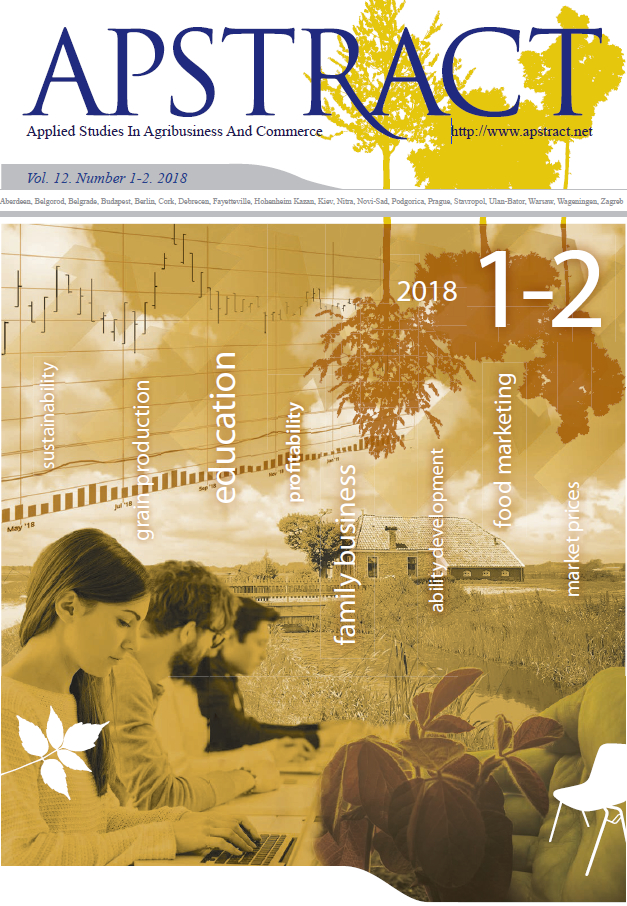Smallholder Food Marketing Behaviour: Exploring the Role of Informal Credit and Traders in Stabilization of Food Crop Prices
Authors
View
Keywords
How To Cite
Abstract
Many farmers in Africa sell their produce at low prices immediately after harvest because they need cash. They could solve temporary liquidity constraints by use of credit and store their produce to sell when prices are high. However, due to various reasons such many poor farmers have been excluded from formal financial services. In response, the informal financial market has expanded, but the question why informal credit has not facilitated storage to enable farmers benefit from intertemporal arbitrage opportunities remains largely unanswered. To answer this question, we investigate the role of informal credit markets and traders in stabilizing seasonal food crop prices. Our analysis is based on a household survey data, and in-depth interviews with key players in the informal credit market and grain traders in rural southwestern Uganda. We find that community-based self-help savings and credit associations provide credit for the majority (62%) of farmers. Informal credit still excludes the very poor and is not sufficient to enable farmers benefit from intertemporal arbitrage opportunities. Thus, poor farmers continue to ‘sell low and buy high’. The study also addresses a related fundamental aspect of food marketing: why is there no competition between traders bidding up prices after harvest and eliminating seasonal price fluctuations? We analyse traders’ costs and profit structure in the study area, and shed some light on imperfections in the grain market and the barriers that limit competition between traders. We find that grain trade is not highly competitive. High transaction costs and limited access to credit are the main barriers limiting competition. Supporting community-based self-help savings and credit associations to raise their portfolio can enable more farmers to borrow at the same time. Investing in infrastructure, organising and supporting small scale farmers to bulk their produce might lower transaction costs, promote competition and dampen price fluctuations.
JEL Classification: D53, O13, O16, Q12, Q13


 https://doi.org/10.19041/APSTRACT/2018/1-2/10
https://doi.org/10.19041/APSTRACT/2018/1-2/10




